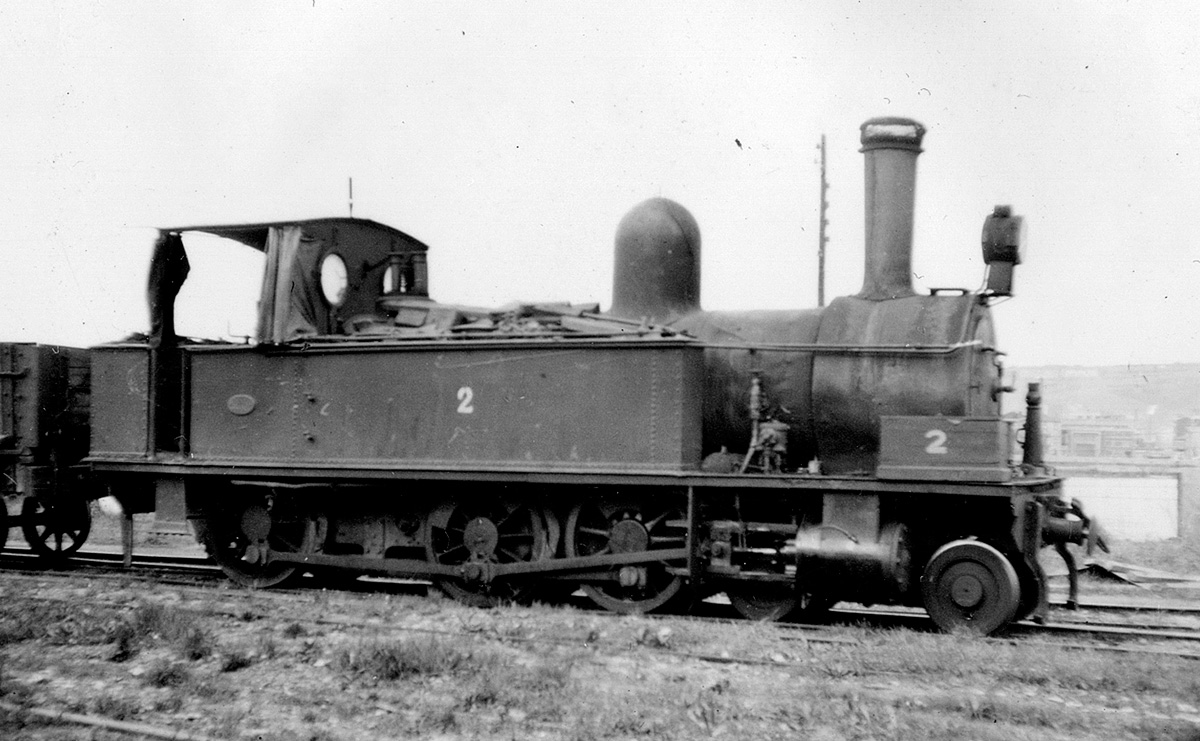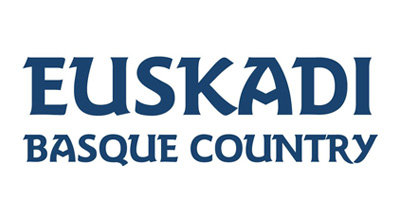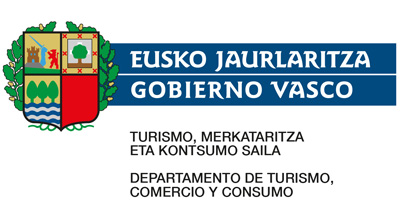Los Montes de Hierro Greenway
History of the Railway

(REDER KLEINGEBEIL, GUSTAVO)
It was back in 1876 when the English businessmen of the Bilbao River Cantabrian Rail opened a 22-km railway that linked their mining operations in the municipal district of Galdames with the Nervión docks in Sestao. It was the longest and the only one of the mining railways in this area that connected the Nervión with the western face of the Triano mountains. Its very sinuous layout had a peculiar gauge (1.14 metres), while its rails not only transported the production of its own mines in Galdames but also the minerals of all the mines surrounding the railway. Numerous loading bays therefore marked this route. The most exceptional of them all was located in the neighbourhood of La Florida. At this point, an exceptional ramp, almost 4 km long, connected the Sauco Mine with the railway. It was one of the longest ramps in Spain, featuring six intermediate stations to facilitate the movement of its wagons.
In addition to transporting ore to the port and the steel mills in Bilbao, its rails supported more or less regular passenger traffic. These passengers were none other than miners who, taking advantage of the ease of transport offered by this railway, gradually settled on its sides, creating new mining neighbourhoods in the middle of the mountains: La Balastrera, La Aceña, Saúco... After the Spanish Civil War, the railway was acquired by another company with an Anglo-Saxon name, Babock & Wilcox, an entity that managed the operation until 1968. The tracks were dismantled four years later, in 1972, thereby clearing the way for new uses.



